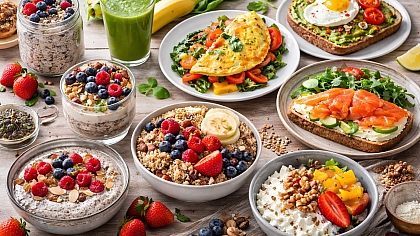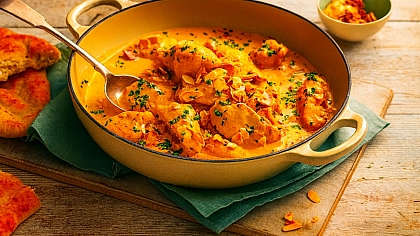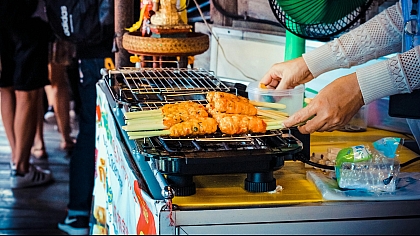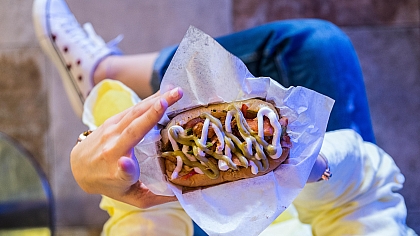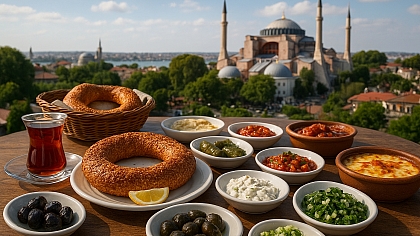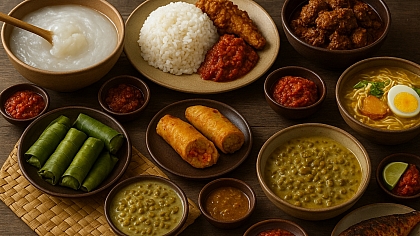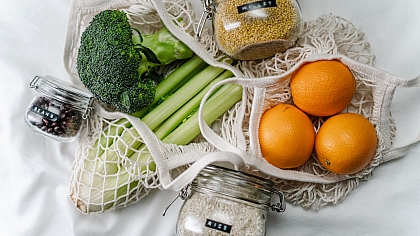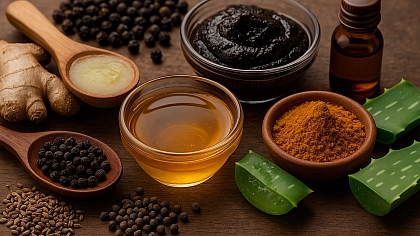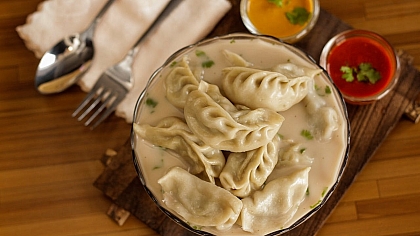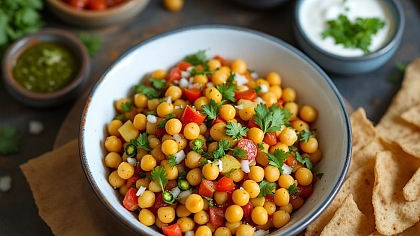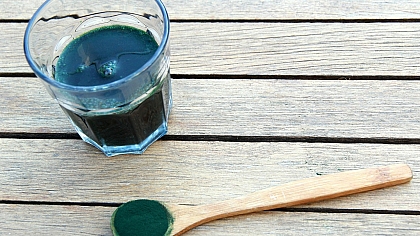
10 Types of Rice & How They are Used
Rice is eaten all over the world and is a staple food in many countries. Without a doubt, it is one of the most important types of food on earth. Being the third most produced product in the world, after sugarcane and corn, the rice industry is immense and not only do many people rely on it as a source of food, but it is also the sole means of income for many people.
Rice is the seed of a certain type of grass and can be categorised into two specific types: either Oryza glaberrima (African rice) or Oryza sativa (Asian rice).
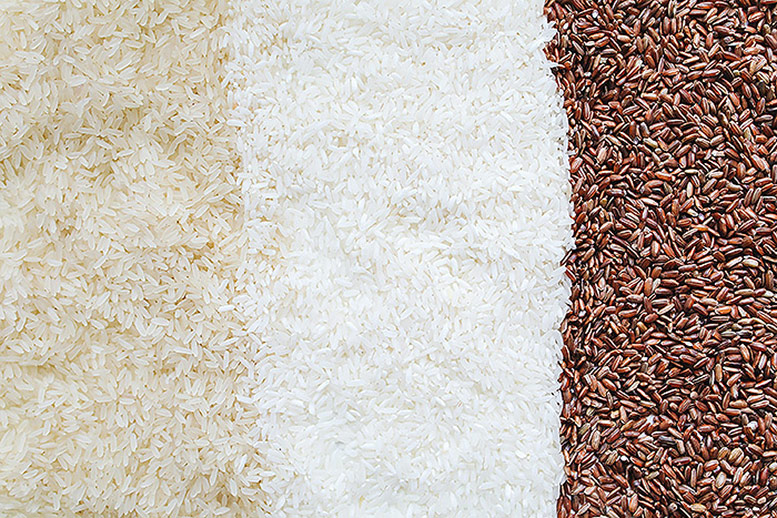
There are so many different kinds of rice, and each of them works well in a particular way or style of cooking. Here are some of the different kinds of rice and what they are used for:
Basmati Rice
The term “basmati” means fragrant in Hindi, and this is a fitting description for this type of rice. Basmati rice tends to be more fragrant than other varieties of rice and has an aromatic flavour. All the basmati produced in the world is grown in the Indian subcontinent, with India producing 70% of it and Pakistan producing the majority of the rest (smaller amounts are produced in Sri Lanka, Indonesia and Nepal).

Basmati rice is essential in South Asian, Central Asian and Middle Eastern cooking, where it is used as a side to meat and veg dishes either with a rich sauce (like a curry) or mixed into the rice (like a biryani or pilaf).
Since basmati is regarded as one of the best kinds of rice, the demand for it is so high that the USA have started to grow their own. This has caused much controversy as authentic basmati is grown in Pakistan and India and is imported by the US, the new, fake “kasmati” poses a threat as the majority of people do not understand why basmati is so valuable and may start to buy what is locally sourced instead, resulting in loss of business for people who sell the real, authentic thing that has been eaten and loved for centuries.
Brown Rice

Although brown rice takes longer to cook than white rice, it is a lot healthier as only the outer hull (which is inedible) is removed. This is unlike white rice, which has the hull, the bran layer and the cereal germ removed, resulting in a different nutritional content.
Brown rice has a nuttier flavour than white rice and a denser texture, but can still be used as a healthy alternative to any dish that contains white rice, as it pairs well with most types of food.
Black Rice
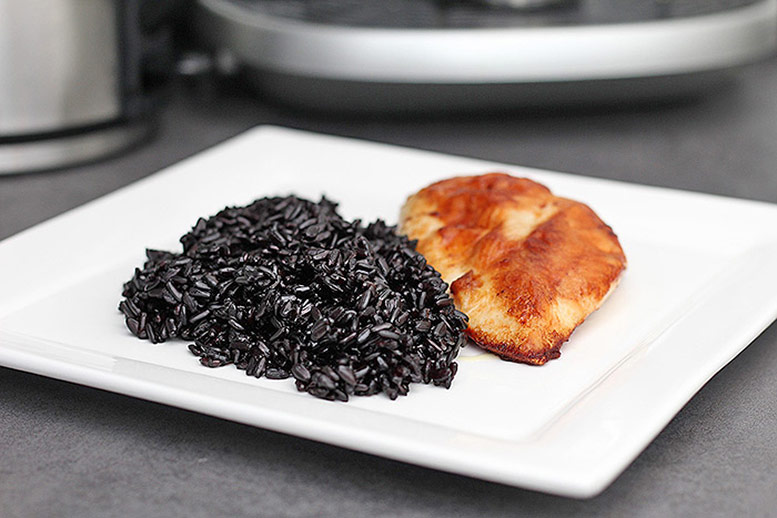
Also known as “forbidden rice” as only the upper class in Ancient China could afford it once upon a time, black rice has a stronger flavour compared to other kinds of rice and turns dark purple when cooked. Black rice is also another healthy alternative to white rice due to its nutritional content (as the bran layer and cereal germ haven’t been removed).
The soft texture of black rice makes it ideal for porridges, baked dishes and puddings.
Jasmine Rice
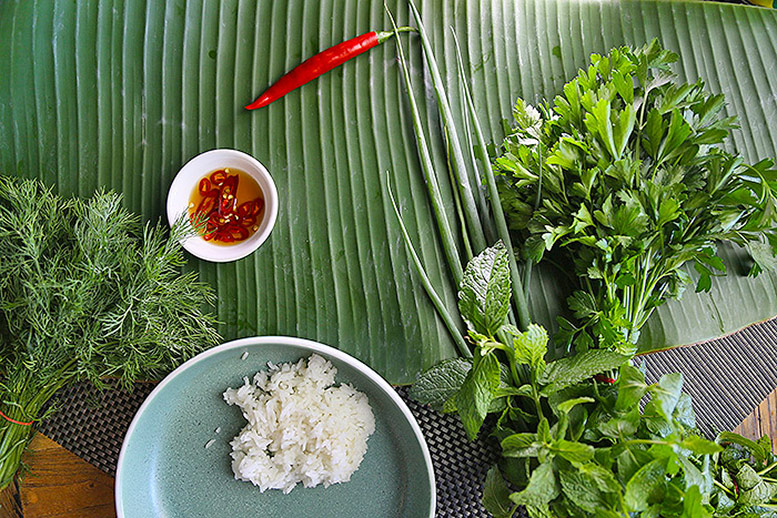
A staple in Thai and Cambodian cuisine, jasmine rice has a slightly sweet flavour and a stickier texture when it is cooked compared to other kinds of rice. This makes jasmine rice ideal for steaming, and it is normally served with a curry or a sauce-based dish. Jasmine rice isn’t ideal for frying, however, as its soft texture can cause it to become soggy. Jasmine rice can be either white or brown.
Arborio Rice
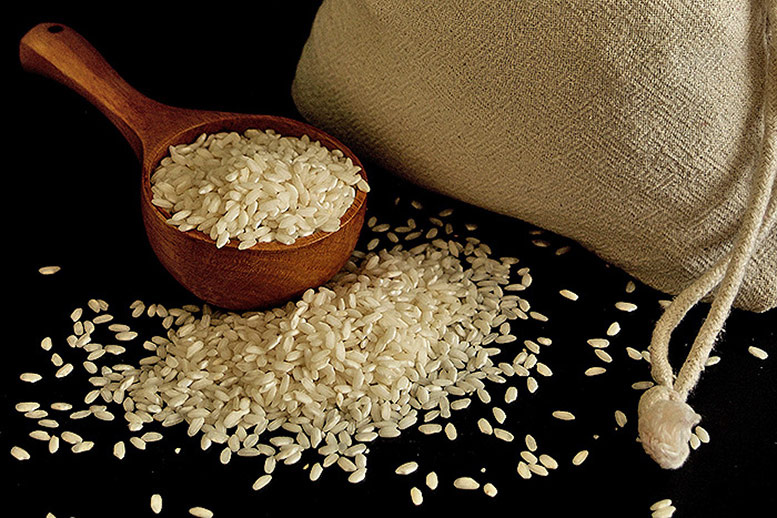
A short-grain Italian white rice, which is the base ingredient used in risotto, arborio rice has a chewy, firm but creamy texture, making it an ideal choice for the aforementioned dish it is so commonly used in. Arborio rice is closely related to glutinous rice and is similar in terms of texture, making it also ideal for use in rice pudding.
Red Rice
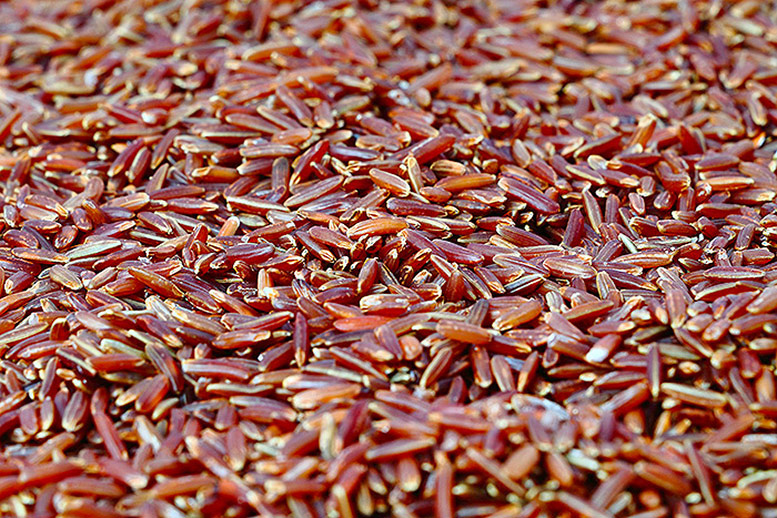
Also known as Himalayan rice, red rice has the highest nutritional content out of all the types of rice eaten with the germ intact. Red rice is famously used in a dish of the same name from the Gullah Lowcountry, similar to West African Jollof rice (Just out of interest, the best type of rice to use for jollof rice is a long grain variety).
Glutinous Rice
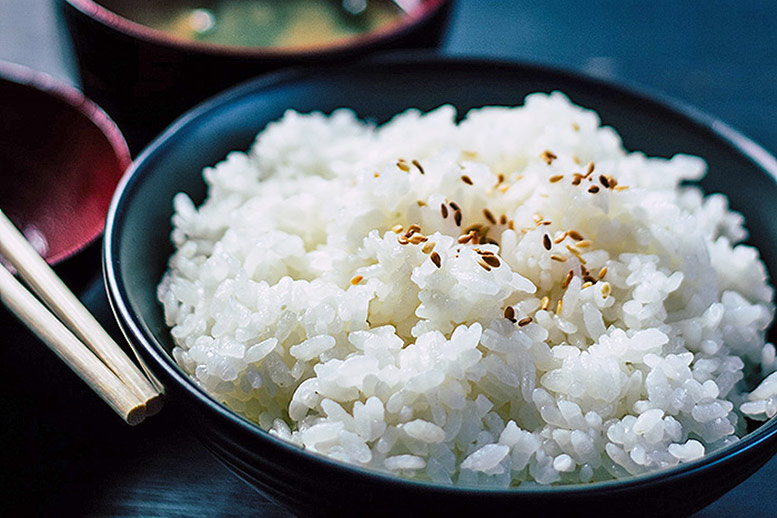
Commonly known as sticky rice or sweet rice, glutinous rice is extremely sticky when cooked and is used in a wide range of desserts and snacks. Glutinous rice is one of the most popular types of rice used in East Asian and Southeast Asian cuisine; this type of rice is ideal for use with Japanese and Thai curries as the sticky rice soaks up the rich flavours of the sauces.
Sushi Rice
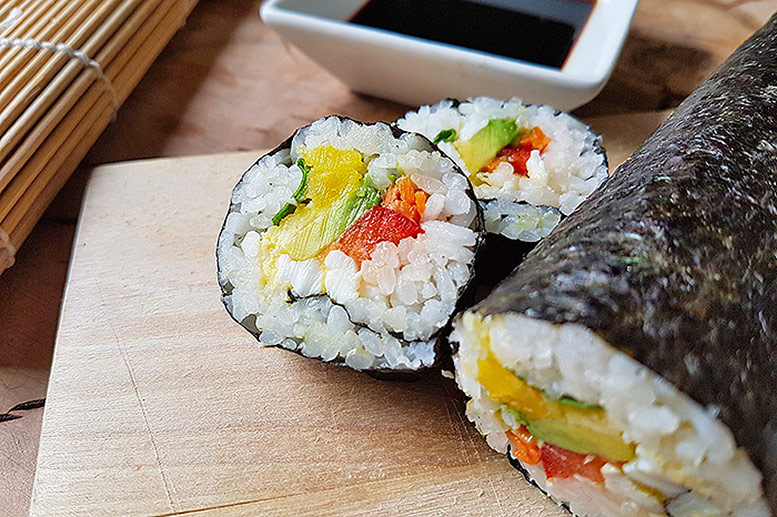
Similar to sticky rice and almost used in the same way, sushi rice is a type of Japanese short-grain rice which is very sticky when cooked. The consistency of sushi rice makes it ideal for use in sushi, where it can be wrapped easily with other ingredients; cooking methods of this type of rice vary from region to region.
You can read how to cook sushi rice, and also an easy sushi pie recipe, which is made with sushi rice.
Pudding Rice
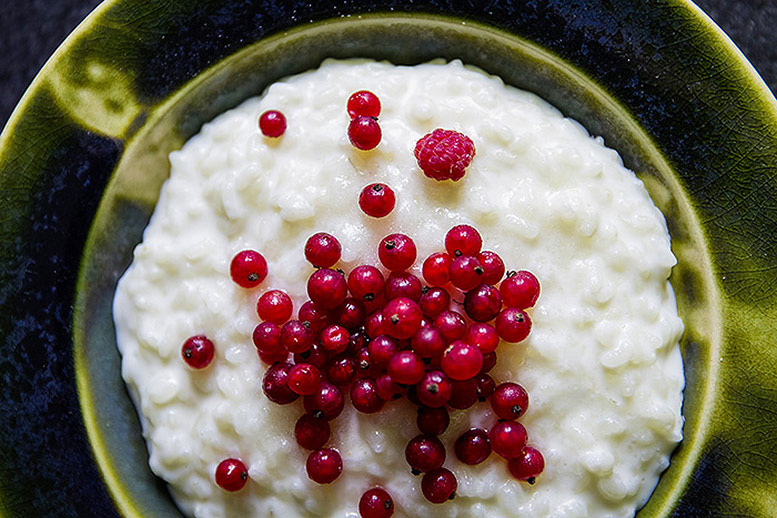
Commonly confused with other types of short-grain rice, pudding rice has a thick and creamy texture when cooked, making it ideal for use in rice puddings and other rice-based desserts such as the Pakistani kheer.
Long Grain Rice
Not a particular type of rice, long grain rice comprises basmati, jasmine and American long grain rice varieties. Long grain rice is the most consumed variety of rice, and it is prized for its texture that makes it unique among other kinds of rice – fluffy but firm grains that stay separated when cooked. When cooking South Asian food, long-grain varieties of rice are the best option to use to reach authenticity.
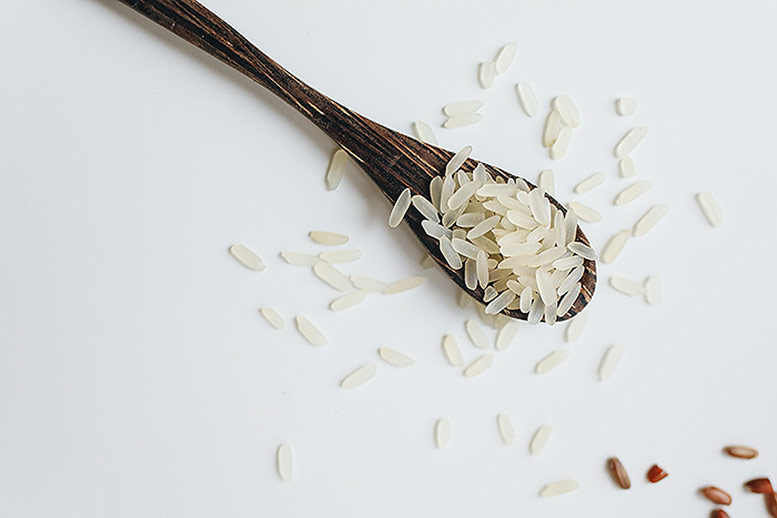
Rice has been eaten by humans for centuries and has proved to be one of the most valuable food sources in the world. Did you know that the bricks and the cement of the walls in the Forbidden City in China, the residence of the emperor and his family, were made from a mixture containing sticky rice?


